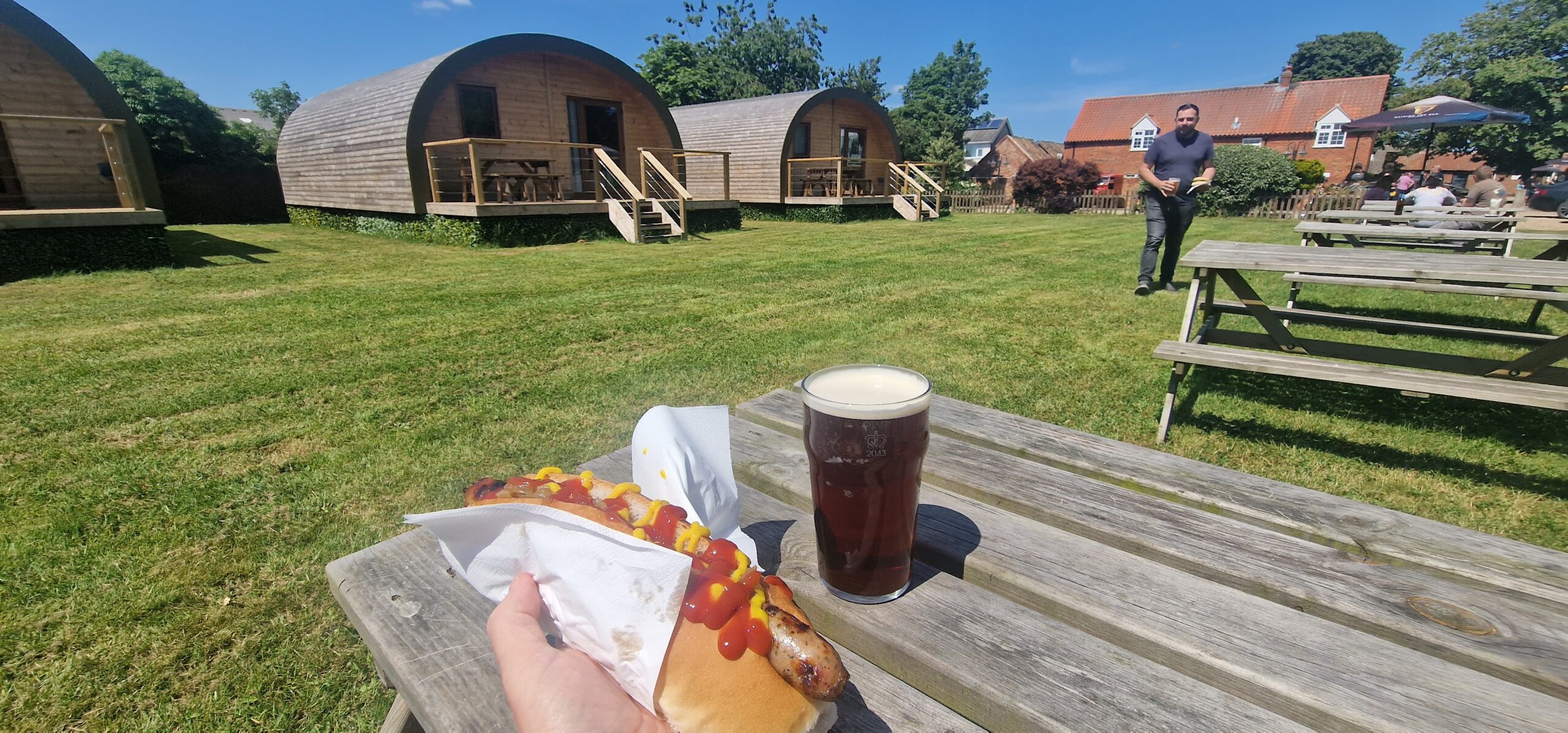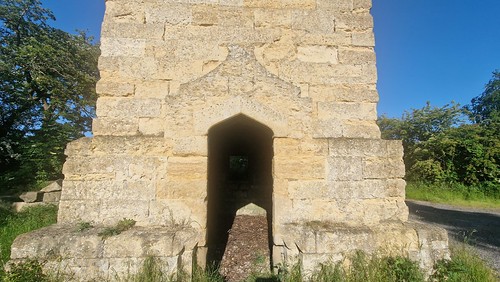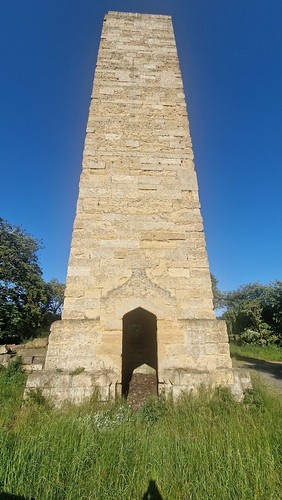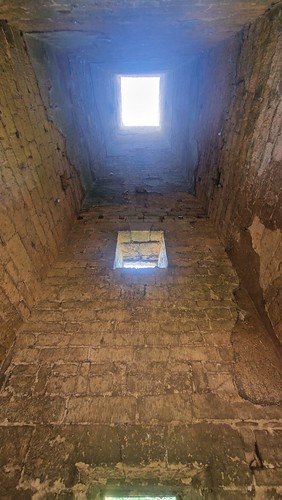Dunston – Dunston Pillar
Now standing just over 60 feet in height, Dunston Pillar looks rather incongruous in its current surroundings, but it was once something of a tourist attraction and also more substantial until the RAF knocked a bit off the top in 1940.
Known as the Lincoln Lighthouse at the time, it was constructed in 1751 because the landowner Sir Francis Dashwood wanted to make the bleak moorland area which went from Sleaford to Lincoln safer. There were highwaymen in the area, not least Dick Turpin who, on Dashwood’s lands, had murdered Christopher Wilkinson who refused to give into his demands.
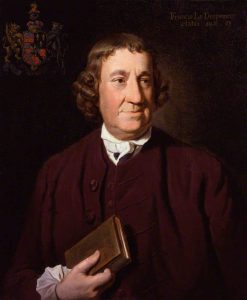
Sir Francis Dashwood (1708-1781) was, I think it’s entirely fair to say, something of a character. Known for his links to the hedonistic Hellfire Club, he developed something of a reputation for fine living. In spite of this reputation, or indeed perhaps because of it, he later became the Chancellor of the Exchequer between 1762 and 1763 before being elevated to the Peerage as Baron le Despencer and serving as the Lord Lieutenant of Buckinghamshire until his death. Betty Kemp wrote a book about the seemingly very full life of Francis Dashwood, titled “An Eighteenth Century Independent”.
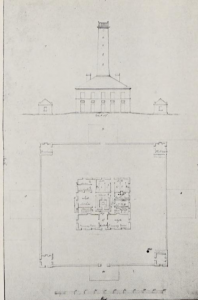
One of the tower’s design plans.
The interior once had a wooden staircase which led to the gallery around the lantern area at the top of what was known as a land lighthouse. There were only three of these constructed in England and Dashwood hoped that the lights would deter highwaymen from prowling around the area. It did have some success, although the development of a better road network in the area meant that it had started to become less relevant by the 1780s. By 1788, the lantern was no longer lit, as the threat of highwaymen had sufficiently diminished.
The site became something of a tourist attraction and a bowling green and assembly rooms were built around the base, with the location being advertised as Pleasure Gardens although these had fallen into disrepair by the late 1780s. The lantern at the top of the tower was removed in 1808, although that primarily was because bits of it had already fallen down as the ironwork had rusted away. This was replaced by a bust of King George III, which is now located in the grounds of Lincoln Castle.

An illustration of the tower published in Gentleman’s Magazine in July 1795.

This vignette dates to 1801 and the writing on the pillar is still visible at this point.
In 1940, the RAF had some considerable concerns that one of their aircraft from the nearby airfield at RAF Coleby Grange might fly into the tower. This wasn’t just them being over cautious, the RAF base was located under one mile away and was used for night flights, meaning a 93 foot tall stone monument was sub-optimal for their purposes. So to avoid incidents, they lopped 30 feet from the top of the pillar and the stone that they removed is still piled up around the base of the monument.
There were once views of Lincoln and Newark for those brave souls who went to the top of the tower, but that touristic endeavour has long since become unavailable. It appears that there are occasional suggestions that the tower could be put back to its pre-1940 height and I’m sure it would make a notable tourist attraction if the wooden staircase returned, but the cost of such works likely make this plan prohibitive despite the heap of stone that’s there ready for the purpose. The tower likely also has a new owner, as the structure and the property next door were put up for sale in late 2022, it’d certainly be an intriguing thing to own.
